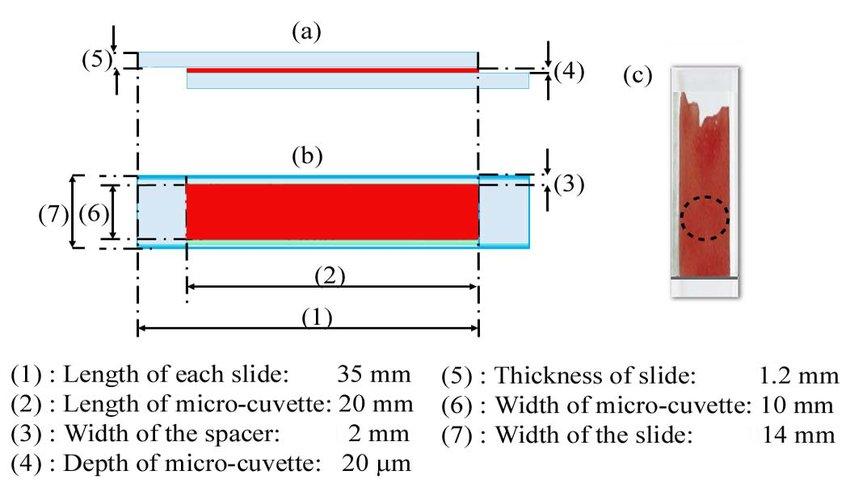FEM has been used extensively to model the diffusion of light through scattering material. (See for example: NIRFAST software.
While I find it easy to understand the formulation of the diffusion equation as a finite element model, I don't quite understand the range of possible boundary conditions.
It seems that many examples illustrate the source at the boundary of the tissue. However, what occurs at the boundary between the scattering medium and media that do not scatter? For example:
- From the sulci of the brain to the cerebral spinal fluid?
The problem I am trying to solve is illuminating whole blood in a cuvette. The cuvette is transparent plastic surrounded by air.
Can the FEM solution for scattering be used to model light transport from air to whole blood and back to air again?
If so, can someone provide:
- A reference
- A mathematical description of the boundary conditions to apply the the diffusion equation

